

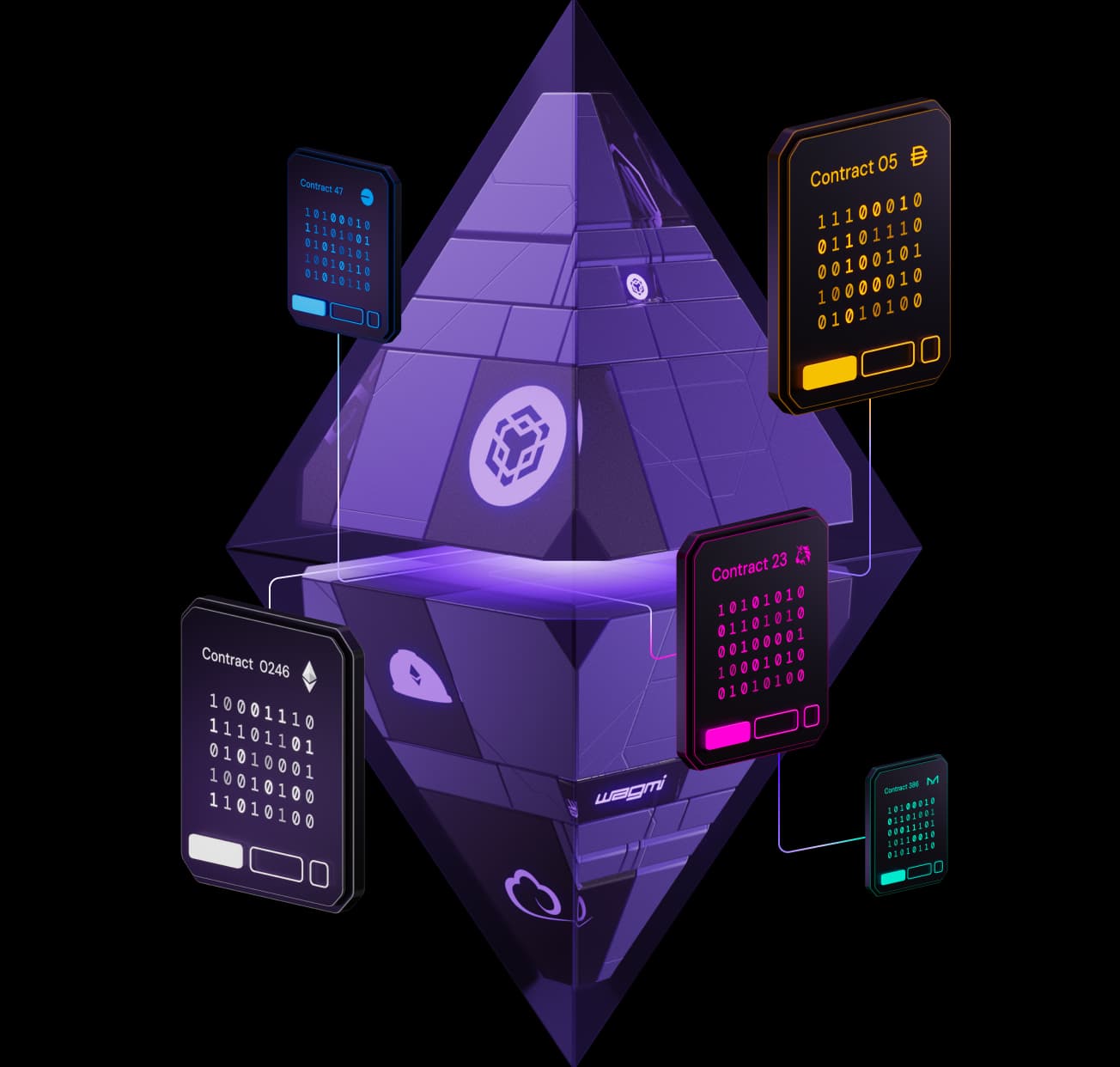
Smart Contract Layer
Develop faultless smart contracts faster
Out-of-the-box stack compatibility
Faster, more efficient debugging
Total execution observability
Unlock your smart contract development superpowers
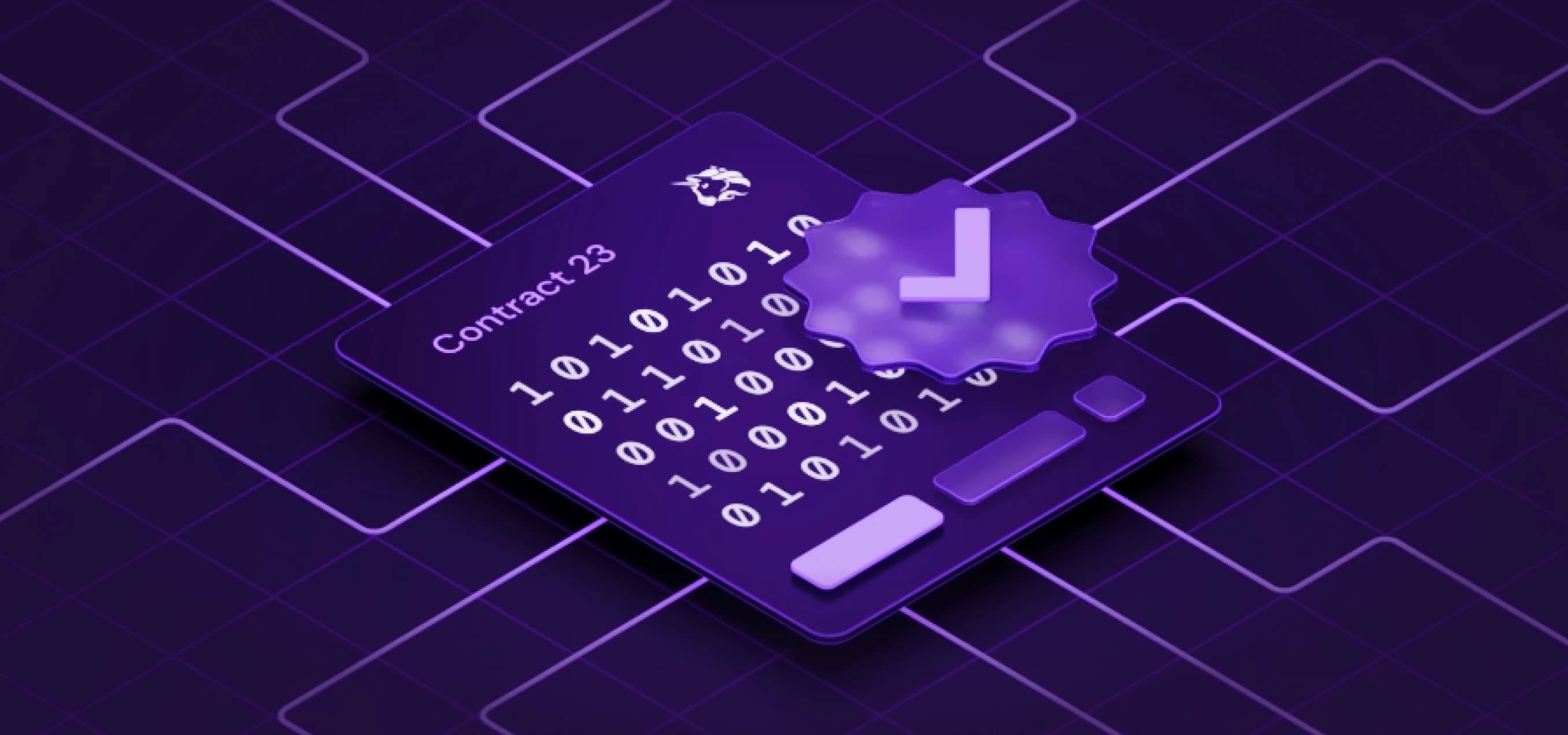
Built-in verification
Verify contracts privately or publicly with framework plugins and keep contract ABIs and source code in a single place.
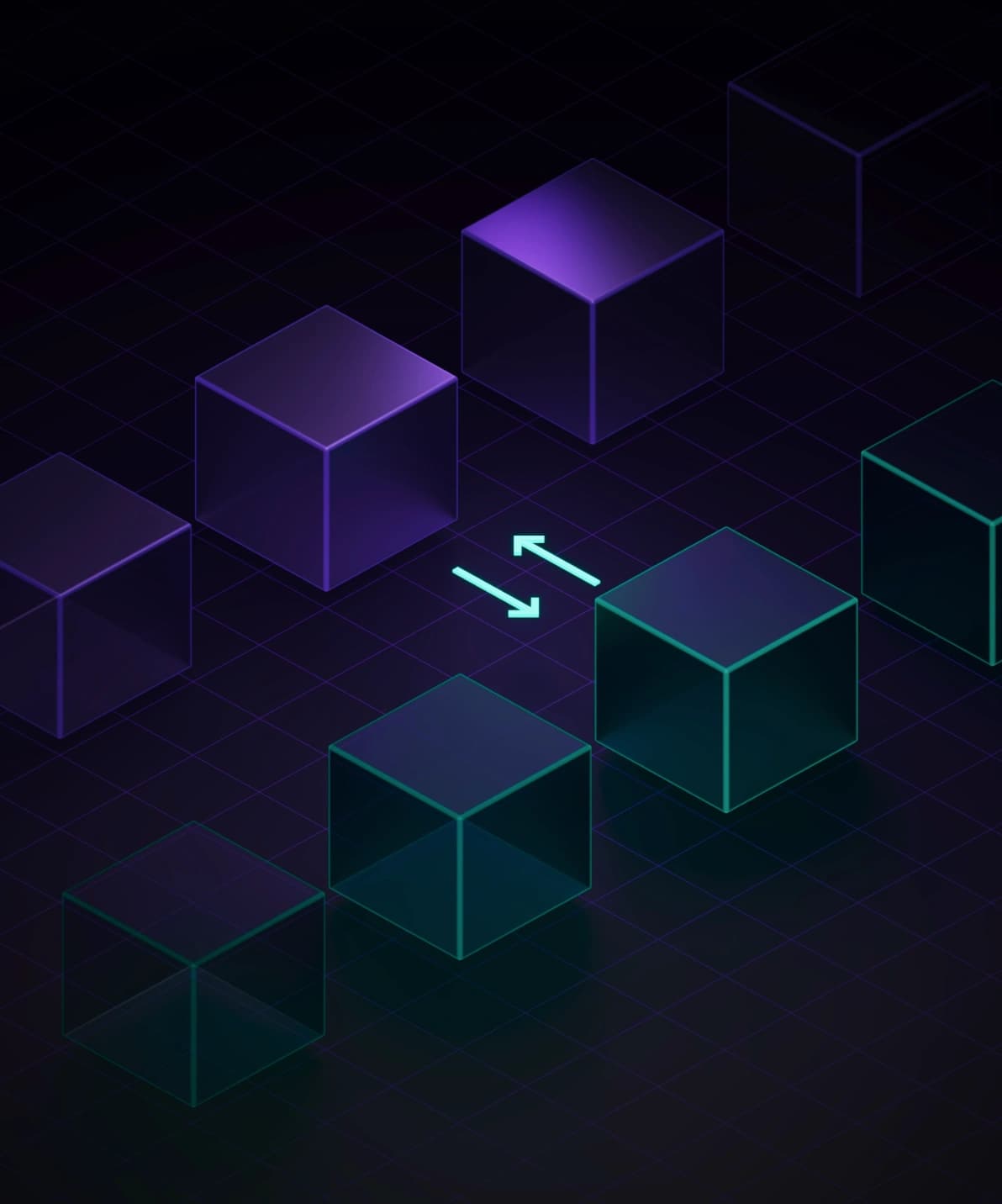
On-chain data
Preview contract execution against up-to-date on-chain data, along with the essential protocol integrations, in real time.

Unlimited faucet
Use an unlimited faucet for native and ERC-20 tokens and get any amount you need to run smart contract test without limitations.

Debugging tools
Get the most granular debugging tools to troubleshoot errors and validate solutions while still in development.

Integrated explorer
Examine contract transactions trace-by-trace and dive into emitted events, state changes, and asset transfers.
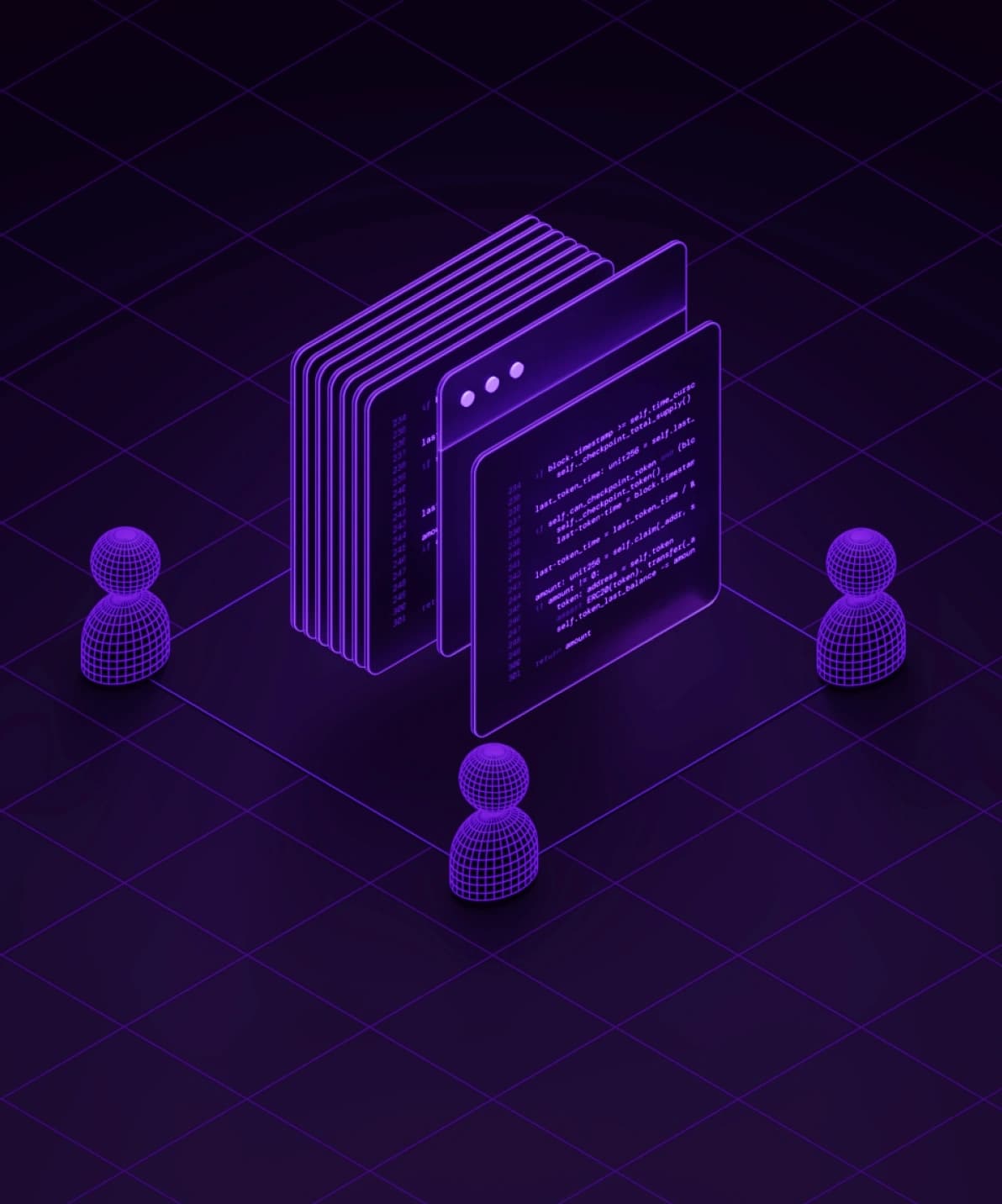
Team shareability
Iterate fast on your smart contracts in isolation, but share with your team members to facilitate collaboration.
Debug errors as soon as they happen
Manage your contracts with ease
Add and manage your smart contracts under a single Tenderly Dashboard. Label and color-code your contracts for greater visibility and efficiency when analyzing contract transactions. Examining transaction execution step-by-step, including decoded asset transfers, balance and state changes, emitted events, and gas consumption.

Debug and fix contract errors
Troubleshoot smart contract errors efficiently, with the exact location and cause clearly displayed. Navigate the execution and call traces, analyzing the transaction flow in a human-readable JSON format. You can also evaluate complex expressions and edit contract source code directly in the Dashboard to simulate and validate your fix.
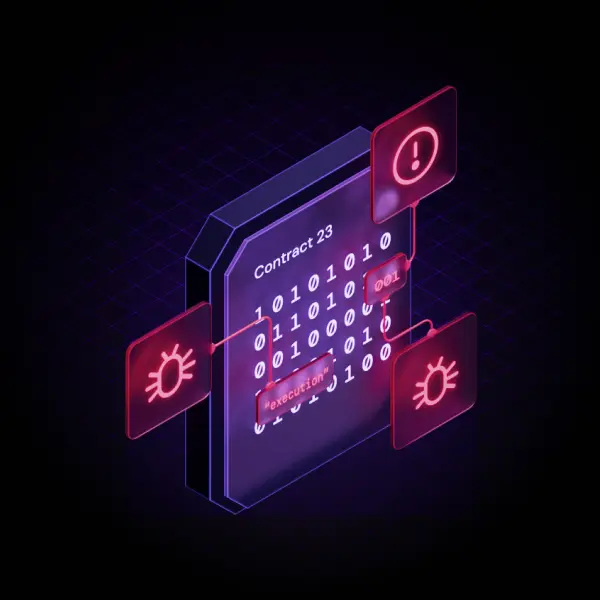
Optimize and reduce gas usage
Reduce the gas consumption of your smart contracts to avoid unnecessary costs. Preview and analyze gas usage before deployment, with a granular breakdown per individual function call. Identify computationally intensive lines of code and optimize them to reduce gas usage.




